I would like to paste a column of text at the end of irregular-length lines.
For example, I would like to paste the following:
SRR447882.fastq.gz
SRR447883.fastq.gz
SRR447944.fastq.gz
at the end of these lines:
TIL01_
TIL01_
TIL04-TIP285_
Many times in the past, I simply create enough space on the first line that pasting will not come before the end of the existing text in the longest line. But then I need to go back and remove whitespace.
I have tried googling "vim column paste irregular length rows" and similar queries.

